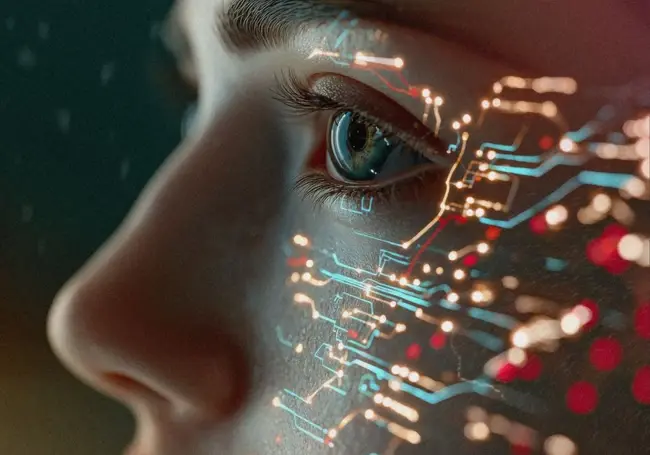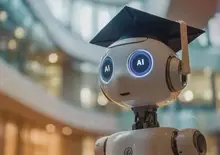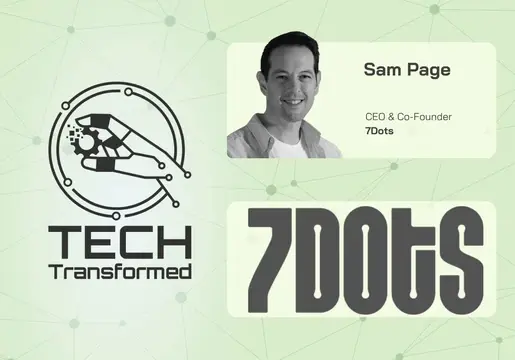
Are machines set to outsmart us? It seems to be that it’s quickly becoming a question of when not if.
The technological singularity is a hypothetical moment in the future where technology advances so quickly that it fundamentally and irreversibly changes human civilization - and it seems to no longer be confined to the realms of science fiction.
In this article we’ll explain what the technological singularity is and how close we are to it.
What is Technological Singularity?
Technological Singularity describes a point in the future where technology becomes so advanced that it is uncontrollable and irreversible. The theory suggests that this will lead to unpredictable and dangerous changes across human civilization.
Concepts of technological singularity are coming up more and more as artificial intelligence continues to redefine what was once thought technologically possible.
In the theory, technology gets to a place of self advancement that it becomes beyond human understanding and therefore beyond human interference - meaning we couldn’t stop it if we wanted to.
Technological singularity is similar to concepts of artificial general intelligence as both outline the potential for advanced artificial intelligence to dramatically reshape the future.
However, they are distinct concepts. AGI refers specifically to a hypothetical AI system possessing human-level intelligence across a broad range of cognitive tasks, capable of understanding, learning, and applying knowledge like a human.
The technological singularity, on the other hand, is a hypothetical future point where technological growth becomes uncontrollable and irreversible, leading to profound and unpredictable societal changes.
For this reason AGI is considered a key stepping stone toward technological singularity. Its development could pave the way for even more advanced, self-improving AI systems that trigger the rapid technological growth characteristic of the singularity.
How Close Are We to Technological Singularity?
How close we are to technological singularity remains debatable.
Some argue that AI progress in natural language processing and computer vision, does not indicate technological singularity is close.
However, the incredibly fast growth of computing power and investment in AI development supports speculation that technological singularity is on the way.
AGI may well be a key stepping stone to technological singularity- and that is quickly on the way. With massive companies like OpenAI stating that their mission ‘is to ensure that artificial general intelligence (AGI)—by which we mean highly autonomous systems that outperform humans at most economically valuable work—benefits all of humanity.
Meta’s Founder and CEO, Mark Zuckerberg acknowledged the race for artificial general intelligence, stating “In order to build the products that we want to build, we need to build for general intelligence. I think that’s important to convey because a lot of the best researchers want to work on the more ambitious problems.”
Ultimately, technological singularity remains a hypothetical… at least for now. A crucial element in navigating this uncertain future is the development of explainable AI (XAI). Understanding how AI systems arrive at their conclusions, especially as their complexity grows, is paramount for ensuring safety, trust, and control.












